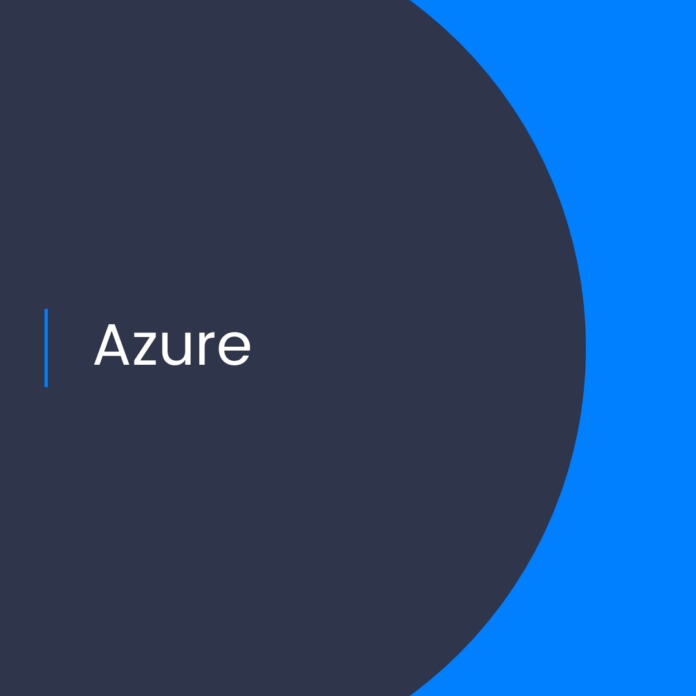How to Build a Real-Time Dashboard with Power BI Dataset Produced by Azure Event Hubs
Introduction
Azure Event Hubs is a powerful cloud-based message streaming platform that allows developers to build highly scalable and resilient real-time applications. It is the ideal platform for streaming and processing data in real-time and can be used to power a range of applications, from IoT and machine learning to analytics and dashboards. In this blog post, we will explore how to build a real-time dashboard with Power BI dataset produced by Azure Event Hubs.What is Azure Event Hubs?
Azure Event Hubs is a cloud-based message streaming platform that allows developers to easily capture and process streaming data in real-time. It enables developers to quickly build highly scalable and resilient applications that can process billions of events per day. It supports a wide range of use cases such as IoT, machine learning and analytics.How to Build a Real-Time Dashboard with Power BI Dataset Produced by Azure Event Hubs
To build a real-time dashboard with Power BI dataset produced by Azure Event Hubs, there are several steps to be taken.Step One: Setting Up the Event Hubs
The first step is to set up the Azure Event Hubs. This involves creating an Event Hubs namespace and an event hub inside the namespace. You can use the Azure portal to do this. Once the namespace and event hub have been created, you can then configure the connection string to access the event hub.Step Two: Setting Up the Stream Analytics Job
The next step is to set up the Stream Analytics job. This job will process the data from the Event Hub and output it to the Power BI dataset. You can do this by creating a Stream Analytics job in the Azure portal. You will need to configure the input from the Event Hub, the output to Power BI and any transformations you want to apply to the data.Step Three: Setting Up the Power BI Dataset
The third step is to set up the Power BI dataset. This involves creating the dataset in the Power BI service. You will need to configure the data sources, transformations and visualizations. Once the dataset is created, you can then connect it to the Stream Analytics job.Step Four: Building the Dashboard
The final step is to build the dashboard. This involves creating the visualizations and setting up the interactions. You can use the Power BI service to do this. Once the dashboard is built, you can then publish it to the web or embed it in a web page.Conclusion
Azure Event Hubs is a powerful cloud-based message streaming platform that allows developers to build highly scalable and resilient real-time applications. By combining the power of Azure Event Hubs and Power BI, you can easily build a real-time dashboard with a Power BI dataset produced by Azure Event Hubs. All you need to do is set up the Event Hubs, Stream Analytics job and Power BI dataset, and then build the dashboard.
References:
Build real-time dashboard with Power BI dataset produced by Azure Stream Analytics no-code editor
.
1. Power BI dashboard
2. Real-time Power BI
3. Azure



